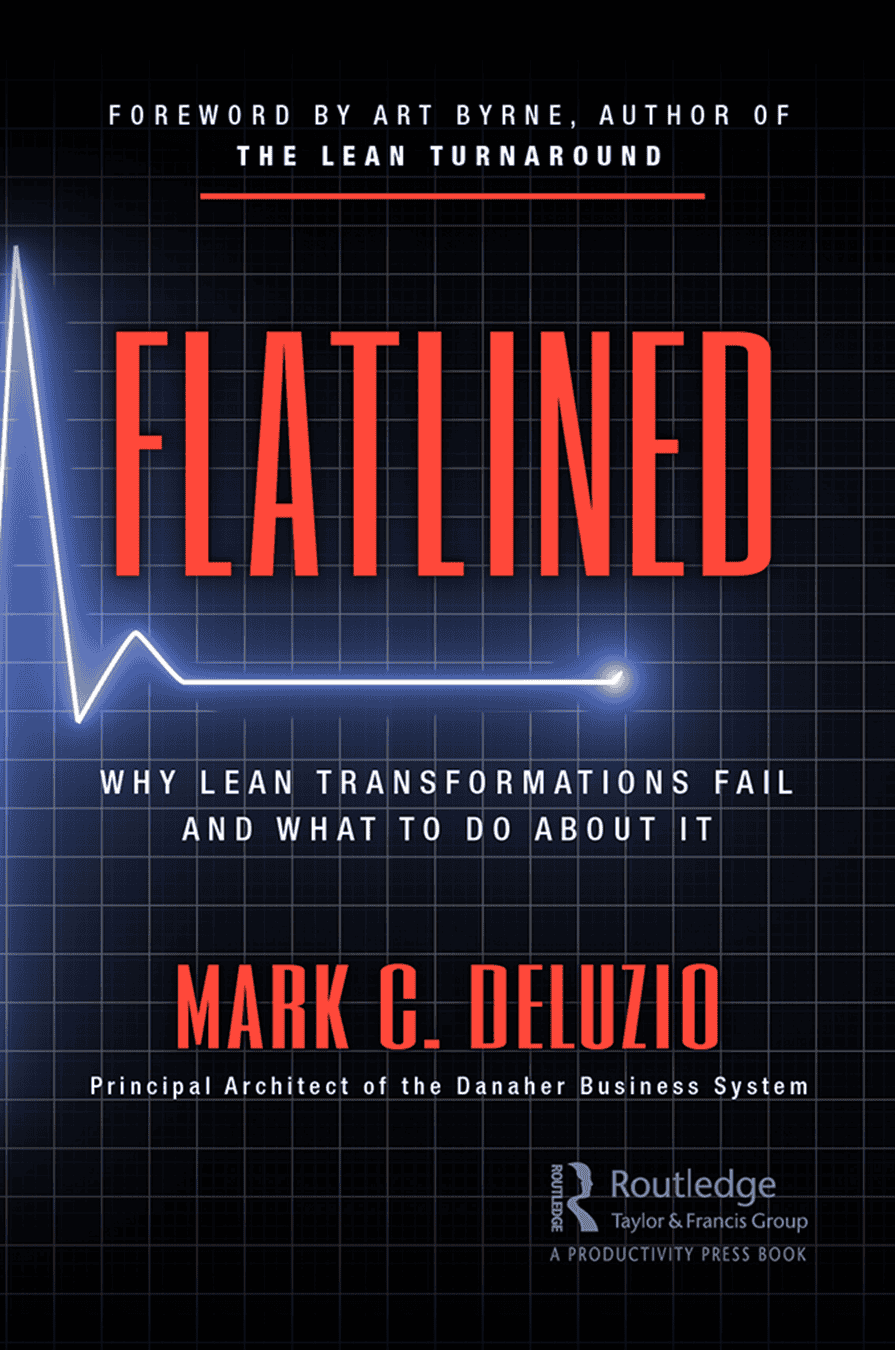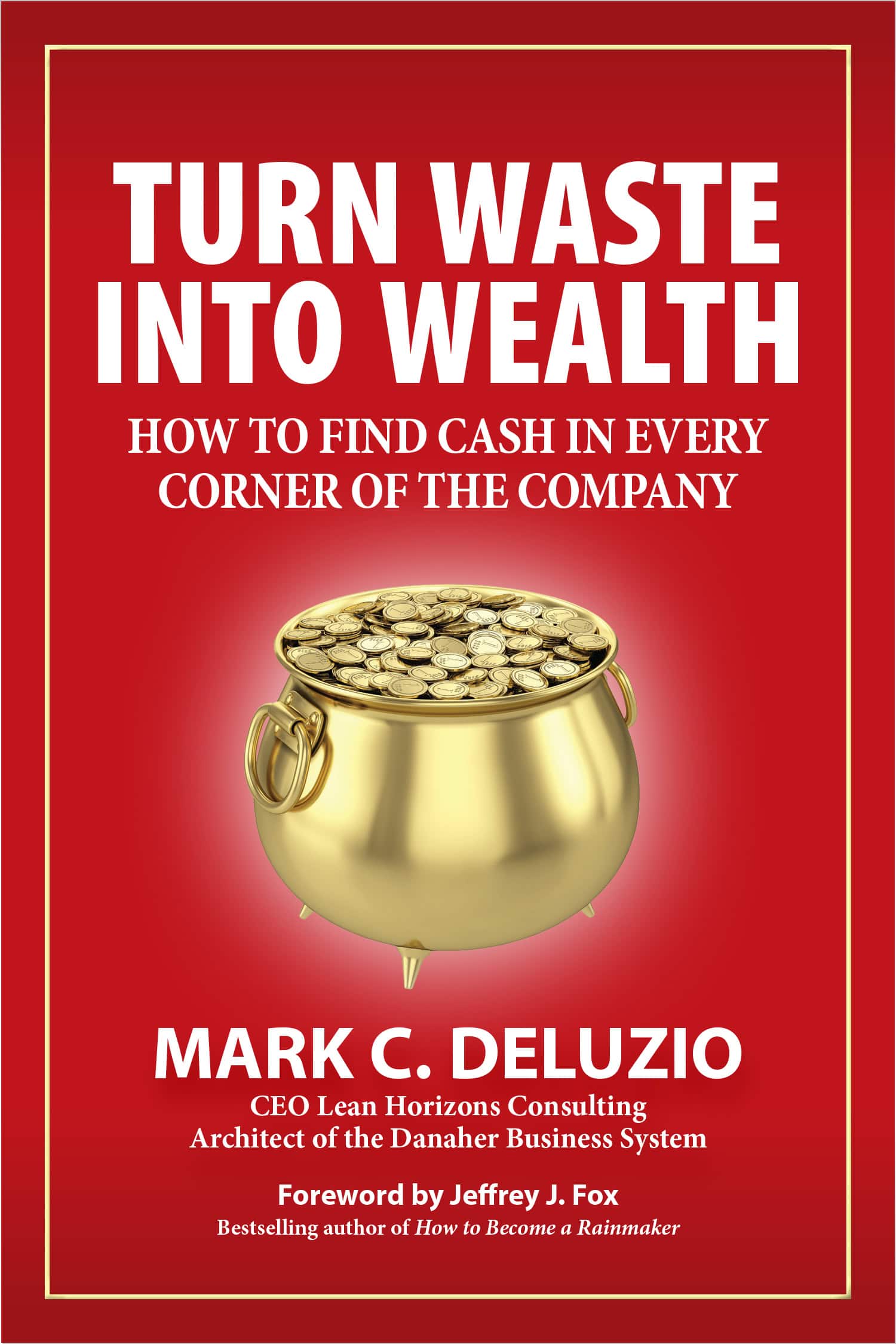Lean Supply Chain Strategy
Our approach to a lean supply chain management encompasses everything from product and network design to execution of delivery. Using analytics, we help you make fact-based decisions regarding facility footprint, location and ownership; outsourcing; and supplier networks. This will enable you to respond to regional and local needs and compete in major global geographic regions, on cost, quality and service, even under the pressure of changing global demand patterns and a shift to best-cost sourcing.
In assisting you, we look to ensure the systematic removal of waste or “non-value added activities” from the total supply chain flow as well as from the manufacture or servicing of products moving within the supply chain. Your organization will benefit from:
- A streamlined lean supply chain architecture with structural integrity
- Free flow of information critical to development and operations
- Smooth supply of materials and services through improved logistics and processes
- Minimization of WIP inventory, right-sized finished goods inventory
- Reduced administration
- Full, seamless integration
- Meaningful measurement and focused management
Your lean supply chain will benefit from our services in the following areas:
Sales and Operations Planning
Our approach to supply chain management encompasses everything from product and network design to execution of delivery. Your organization will drive performance and improve customer satisfaction while managing increasing complexity.
Demand-Driven Level Pull Scheduling (Heijunka)
Lean Horizons’ educational services and customizable templates for scheduling processes offer a turnkey solution to a true, closed-loop pull manufacturing system triggered by customer demand. Through heijunka, or demand-driven level pull scheduling, your company eliminates unpredictable, volatile schedules and optimizes the deployment of materials, human resources and operations.
Strategic Sourcing
By integrating cost, market intelligence and customer requirements with your own personal Lean profile, aggressive manufacturers transform Lean into an effective supplier selection filter through which candidates must pass in order to be considered for integration. Most importantly, the deployment of Lean as a filter allows forward-thinking manufacturers to develop total delivered cost models, that reflect current-state supplier operational capabilities, and lower-cost future-state models developed through the migration of Lean disciplines upstream in the supply chain.
Supplier Development
The goal is to create and sustain a single, seamless delivery value stream from the supplier downstream to the end customer. Experienced Lean practitioners can facilitate the integration process by architecting the future-state value stream map during the selection process, using it to help select the best supplier with the lowest integration costs and most robust service capabilities.
Supplier Integration
Considering the obstacles that can impair seamless delivery such as communications issues, order management, demand planning connectivity and the often-painful conversion from batch deliveries to one-piece flow concepts, developing an appropriate value stream integration plan is mission-critical to avoid service disruptions or delivered-cost spikes. Lean Horizons provides real-world experience when guiding manufacturers in the design of highly profitable integration plans that are open, accurate and complete, and tied to contractual language clearly outlining buyer and supplier responsibilities for integrating each separate value stream.
Lean Distribution
By conducting structured Lean distribution assessments, we help your organization determine optimal footprints and infrastructure as well as perfect inventory management strategy and practices.
Following are representative Lean Supply Chain results:
| Metric | Improvement % |
|---|---|
| Warehousing Space Reductions | 20 to 35 |
| Forecast Accuracy | 15 to 40 |
| Strategic Sourcing / Material Cost Reduction | 5 to 15 |
| Process Lead Time | 60 to 80 |
| Network-Wide Inventory Reductions | 7 to 22 |
| On-Time Service Delivery Performance | 10 to 26 |
| Total Delivered-Cost Sourcing Reductions | 4 to 12 |
| Demand Plan Accuracy Improvement | 14 to 24 |

